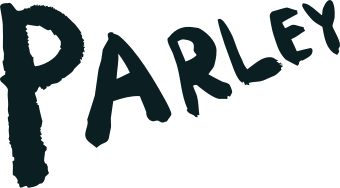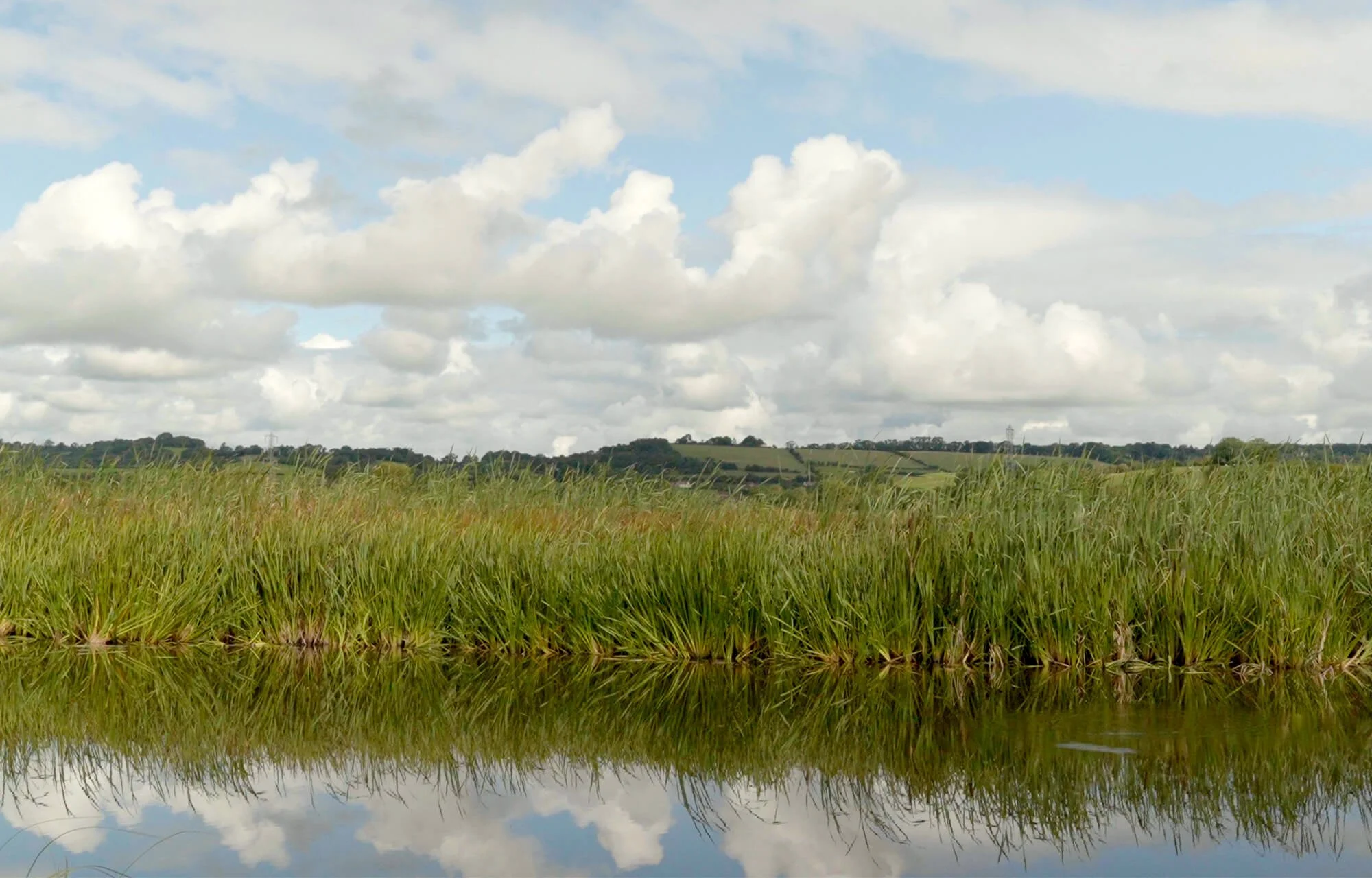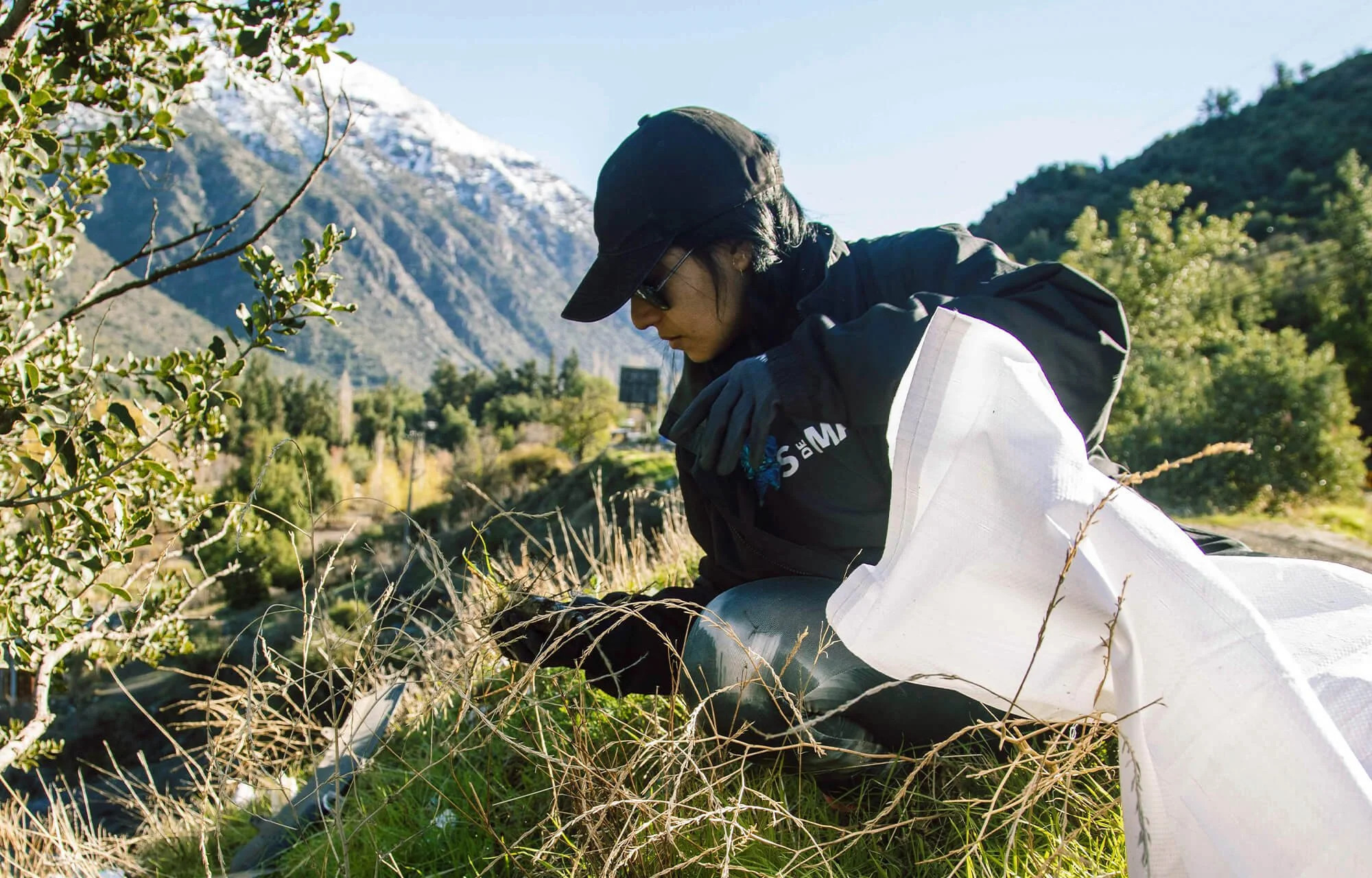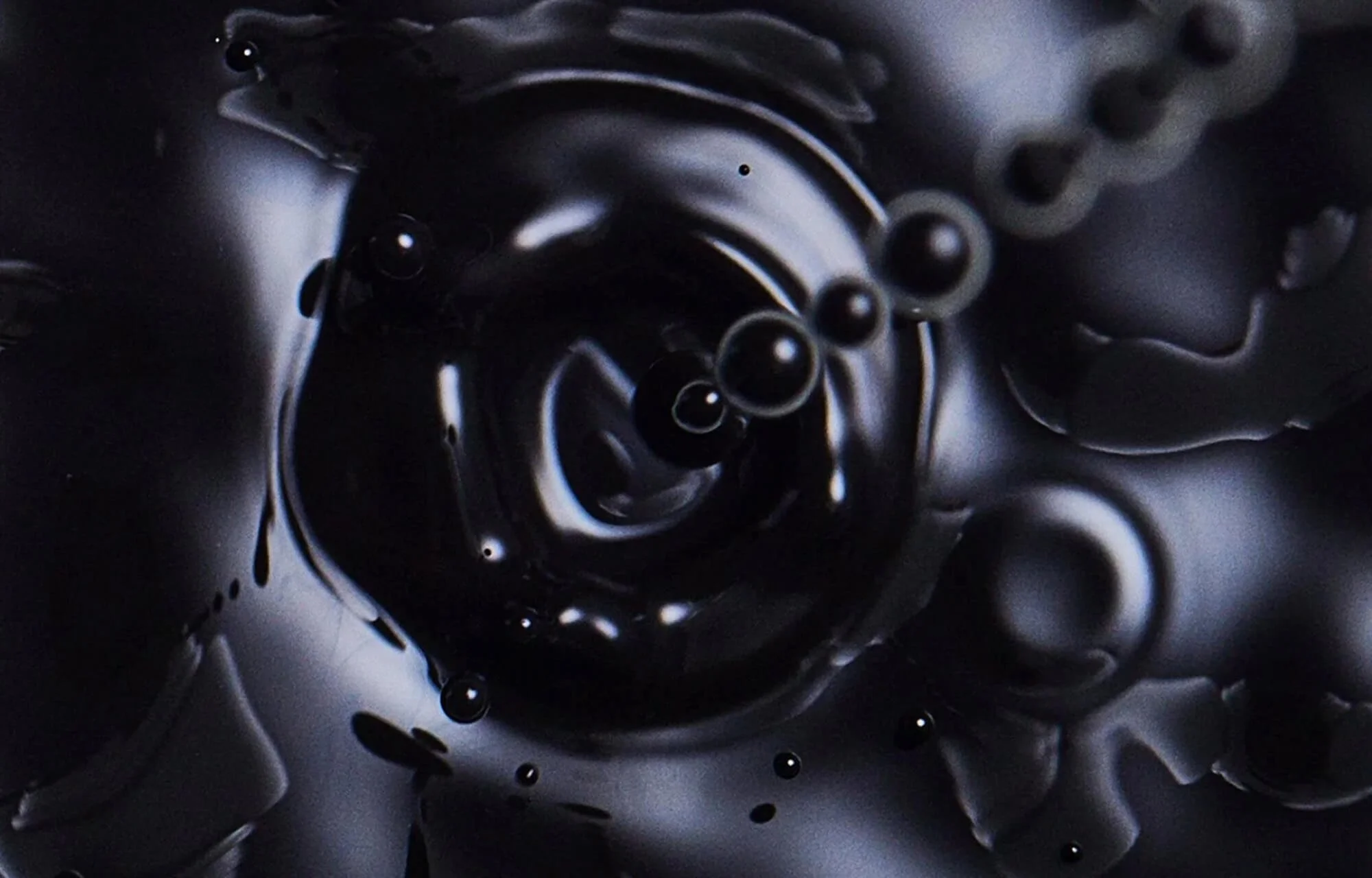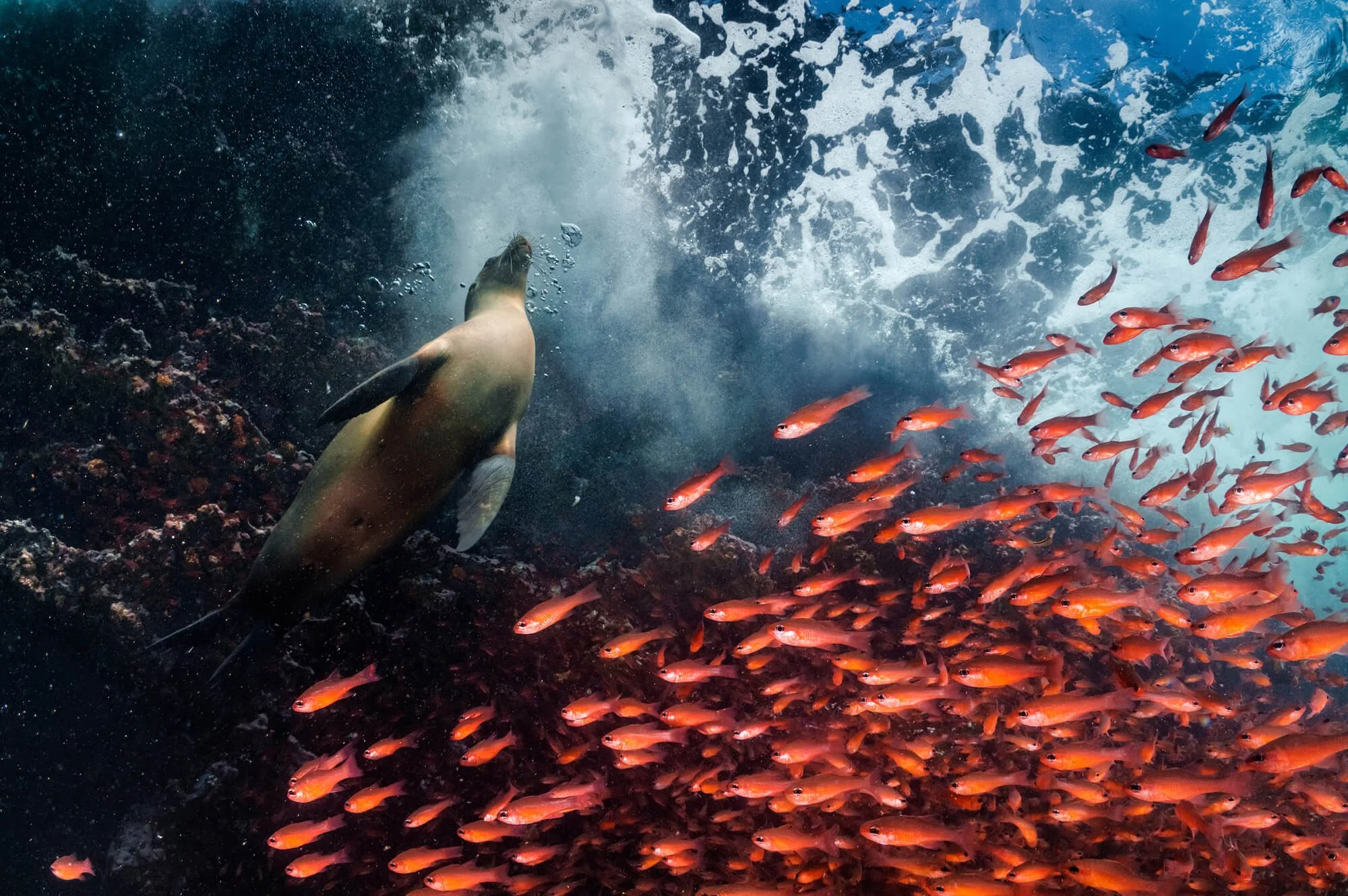In Focus: Jem Cresswell
We speak to the Australian photographer about his book Giants, a journey to another creature’s world and a voyage of self-discovery
There is a relatively small amount of people on Earth who will experience what it’s like to swim with humpback whales, one of the largest animals on Earth, capable of intricate song, play, and forming lasting friendships. Photographer Jem Cresswell spent five years diving with them in Tonga, a major breeding ground for humpbacks and a haven for these majestic creatures, one that is being heavily impacted by eco-tourism.
Cresswell grew up in South Australia and remembers a childhood watching humpbacks breach from shore, fascinated by the peaceful, colossal giants living another life separate to him. After cutting his teeth as a surf photographer and launching a career working in commercial advertising, Cresswell found himself longing to return to the ocean, needing a buzz, something to “keep his spirit alive”. Aware that people had been swimming with humpbacks in Tonga since the 90s, he decided to travel to the Polynesian kingdom with his camera and many questions – would he be able to get close enough? Could he represent them, their feelings, their emotions? Could he get the same adrenaline hit that he did out in the surf?
One trip turned into a five-year period of shooting humpbacks in the southern hemisphere, the results of which form his new book Giants, a stunning black-and-white compendium of these whales and their behaviours. In Giants we see families starting, calves playing, beams of light piercing the surface, illuminating the dark gray skin of their upper bodies.
To mark the release of his book, we spoke to Cresswell about his extended stay in Tongan waters and what he learned while he was there - not just about humpbacks whales, but about himself.
“This project deepened my appreciation, awareness, and importance for not only these gentle giants, but for all life on this planet.”
Jem Cresswell
Q & A
I have spoken to other photographers who learned their trade shooting surfers, as I read you did too. How important was this period of your practice, before you moved onto photographing wildlife? What did you learn?
I think it was a very important period for my practice. I learned photography back in the days of slide film, which unlike digital, left very little margin for error. Shooting in the surf is unforgiving. It requires you to adapt technically to ever-changing lighting conditions, whilst tracking fast moving subjects, as well as navigating the power of the ocean to be in the right place at the right time. Out there, you only had 36 frames to capture, before needing to swim in, dry off, open the housing and reload another roll. Because of that, you had to be selective and pick the moments worth documenting.
It was addictive, you never knew if you had the shot until the film came back from the lab. There was always a sense of anticipation and excitement after a good session in the water. For me, it’s that multi-sensory experience, the adrenaline of swimming in an ocean that feels alive, the escapism, and the reward when it all comes together in a single photograph. Learning to rapidly adjust camera settings under pressure, whilst pre-empting movement, has greatly helped my wildlife photography, where incredible moments often pass in a split second.
What was it that spurred the switch?
After moving to Sydney and transitioning into commercial advertising photography, I found myself longing to spend more time in the ocean. The editorial surf magazine world was in rapid decline and commercial photography was becoming busier than ever. I missed the adrenaline of being out in big surf, that feeling of not being entirely in control, and the honesty that comes with that.
I have always loved marine life, especially the ever-curious Australian sea lions from back home in South Australia. I vividly remember sitting with my parents on The Bluff, overlooking Encounter Bay, watching humpback whales breach and pec slap just offshore.
My mentors had always instilled in me the importance of creating personal work, to maintain your love of the craft, and to capture images that are purely for your expression. I needed a project to work on that would keep my spirit alive.
I had seen that people had been swimming with humpback whales in Tonga since the early 1990s. I wanted to know whether I’d feel that same sense of escapism swimming with such a colossal creature, as I did out in large unpredictable surf. I’d also wondered why most underwater images of whales were taken with wide-angle lenses. Whilst beautiful, they often seemed to lack intimacy.
So I decided to head over to the Kingdom of Tonga, to work on a series of images to exhibit. My idea was to capture underwater portraits of the southern hemisphere humpback whale, with eye contact to camera, using the same lens I’d use to shoot a portrait of a person in the studio. Was this even possible? Would I be able to get close enough? Could I capture the expressive emotions and individual personalities of these gentle giants? There was only one way to find out.
You spent five years photographing humpback whales in the Tonga Trench, photos that you are now releasing in your book Giants. What did you discover about these creatures, and also yourself, over that half-decade?
I feel incredibly fortunate for the experiences I had throughout this journey. I learned so much about humpback whale behaviour, group dynamics and the sonorous songs that all the males sing, both from the knowledgeable Tongan guides and through my own encounters. One thing that always fascinated me was how aware the whales were of their size, no matter how close they came.
The main lesson I learned was patience, to appreciate the vast amount of time spent with nature throughout the process, regardless of the outcome of any image. Working underwater you’re at the mercy of the elements and the wildlife; there is very little that you can control. You never know what might unfold when you allow these incredible creatures to dictate the terms of the interaction. Over time I became more in sync with the ocean and encounters became longer and longer. This project deepened my appreciation, awareness, and importance for not only these gentle giants, but for all life on this planet.
Do you have a favourite experience or photograph from that period you spent documenting the whales?
One encounter that is deeply etched in my memory, was with a mother and her newborn calf. Observing their connection and the mothers nurturing behaviour whilst she would gently lift the calf atop her head up to the surface to breathe. The calf would then go under the mum to suckle, swim back on top of her head trying to use its tiny pec fins to hold on, as mum would lift her back to the surface to breathe. It was such a beautiful exchange to witness and felt so otherworldly compared to daily life back in Sydney.
My favourite image is the one on the cover of the book, which is funny because it wasn’t the kind of photo I’d set out to create. I love that from the surface, you’d never know the whales were there, as if they were living a secret life below. There’s a calmness to it, a stillness that sits in contrast to the storm building above.
You shoot predominantly in black and white - what's the creative reasoning for that?
I’ve always been drawn to black and white. It has a sense of permanence and timelessness. I feel this represents how long these creatures have been around for (fossil studies date baleen whales back to at least 30 million years ago).
I spent most of the project capturing images out to sea in areas where it’s incredibly deep, quite often ranging from depths of 1-3 kilometres. This dark inky blue seemingly endless void renders the water a deep black when converted to black and white. I wanted to avoid any distraction, simplify the image and draw your eye directly to the subject. I have also always loved the ethereal feel of Toni Frissell’s 1947 black and white image “Lady in the Water,” shot in Weeki Wachee Springs in Florida.
“If it were compulsory for every person to swim with a humpback whale at least once, the world would be a different place.”
Jem Cresswell
When people look at your photos of these majestic creatures, shot beautifully, what do you want them to feel or take away?
I want the viewer to feel immersed in the elements, not just observing them from afar. I hope people feel connected to these incredible creatures, can appreciate their sheer beauty and sentience, and in tune, feel more inspired to care about the natural world. Simply put, the more people that care, the more people will stand up for their protection, and the more research will continue. There’s still so much to be learned from these intelligent and complex creatures, if we just look beneath the surface.
Over the five year-period you spent in Tonga, did you notice any changes? Either in the whales' behaviour or the environment?
Tonga is an incredible and unique haven for the whales. Over the years, I noticed how each season was different. Some years the whales arrived early, while others saw them gathering in larger numbers across entirely different parts of the island chain.
Over the period that I worked on this project I watched the popularity of the place grow rapidly, mainly driven by social media. With that came more boats on the water each day and an increase in tourism to the islands. With all forms of eco-tourism, the operator you choose and their respect for the wildlife makes a massive difference to both your experience and the animal themselves. I am sure some operators would feel pressure to get people in the water with the whales, to try and meet expectations, to avoid negative reviews and keep their business afloat. There’s always a fine line to be drawn here, a delicate balance, but one that matters deeply. No encounter should come at the expense of the whale’s wellbeing, their natural behaviour or the preservation of their habitat.
Most people reading this have never dived with a humpback whale, and never will. What does it feel like, and how do you prepare?
Being in the water with such a large conscious creature is otherworldly, overwhelming, humbling, you feel very insignificant and small, but in complete awe of their presence and grace. To give a sense of scale, the female adult humpbacks are up to 16m in length, a few meters longer than the average bus. If it were compulsory for every person to swim with a humpback whale at least once, the world would be a different place. Though I realise that’s not logistically possible.
For me, I always enter the water as slowly and quietly as possible, trying to calm my excitement and keep my heart rate low. Generally, I just observe the behaviour, whilst floating almost motionless on the water’s surface. My best encounters have come from when a whale becomes comfortable, curious and comes by for a closer look or interaction. It’s in these moments, ones that require patience and restraint, I have always captured my best images.
Now that Giants is out, do you have any other creative projects lined up? What's next?
I currently have two major projects on the go. One is a video installation and exhibition series exploring a whale only discovered in the early 1980s, the dwarf minke whale. A subspecies of the minke whale, they’re slightly smaller at around 6-8 meters in length and are known to visit the northern Great Barrier Reef during Australia’s winter months. They look very different to the humpback whale, sleek and streamlined with smooth skin that reflects light like polished metal. From certain angles they appear almost sculptural.
The other is a macro series I’ve been developing and testing, which is still in the concept stage. I’ll share more about it next year once the idea has evolved further, but it’s been interesting to work in colour rather than black and white.
“There’s still so much to be learned from these intelligent and complex creatures, if we just look beneath the surface.”
Jem Cresswell
